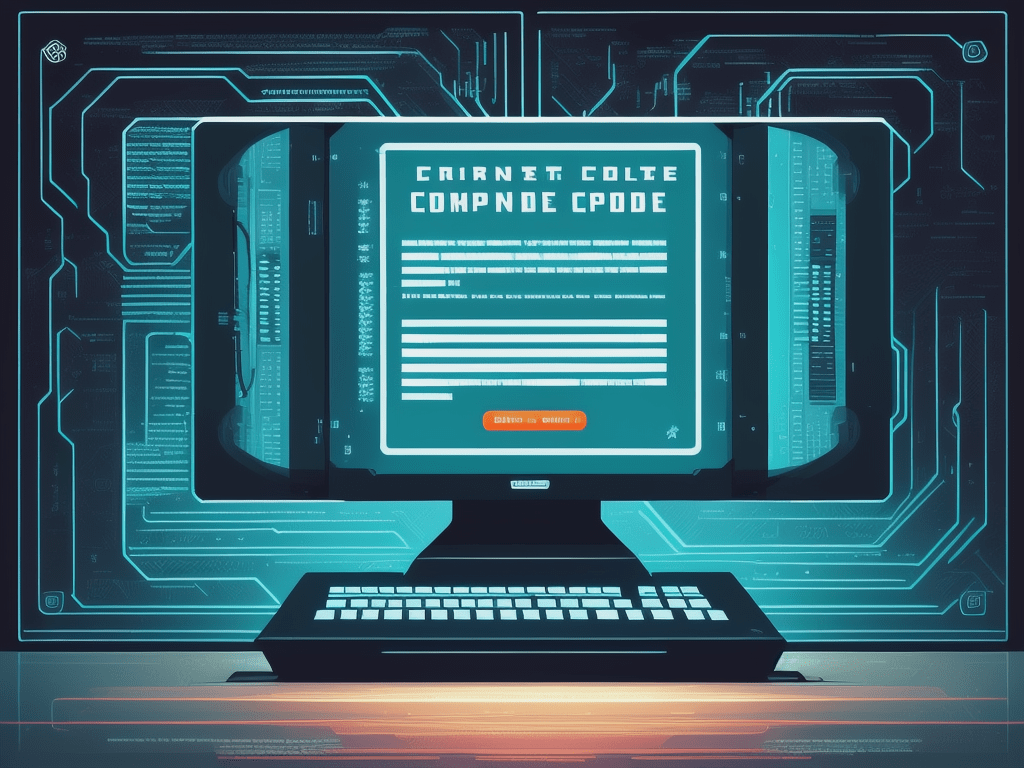Tennis Dispute: Djokovic's Player Union Initiates Legal Action

Table of Contents
The PTPA's Grievances: What Prompted the Legal Action?
The PTPA's legal action stems from a series of long-standing concerns regarding player rights and the overall governance of professional tennis. Their grievances center on several key issues impacting the welfare and compensation of professional tennis players.
-
Inadequate Player Compensation: The PTPA argues that the current prize money distribution system within ATP tournaments is skewed unfairly towards the governing body and doesn't adequately reflect the players' contributions to the sport's success. They point to a disparity between the revenue generated and the percentage received by players at various levels of competition.
-
Lack of Player Representation: A core issue fueling the legal action is the PTPA's belief that players lack sufficient representation and influence in decision-making processes within the ATP. They contend that the ATP's structure gives undue power to tournament organizers and sponsors, often at the expense of the players' interests.
-
Unfair Tournament Rules: The PTPA has also expressed concerns about specific tournament rules and regulations that they consider detrimental to players' well-being and career longevity. This includes aspects like scheduling, entry requirements, and penalties.
-
Examples of Unfair Treatment: The PTPA cites numerous examples of situations where players felt their rights were violated or ignored by the ATP, leading to a culmination of frustrations that ultimately propelled them to pursue legal action. These instances reinforce the union's belief that significant reform is urgently needed.
The PTPA's arguments underline the need for a more equitable and transparent system that gives players a greater voice in shaping the future of professional tennis.
The Legal Strategy: How is the PTPA Pursuing its Case?
The PTPA's legal strategy involves a multifaceted approach, aiming to address their grievances through various legal avenues.
-
Antitrust Claims: A significant part of the PTPA's case centers on antitrust claims, alleging that the ATP's structure and practices constitute anti-competitive behavior that harms players. They argue that the current system restricts player autonomy and limits their earning potential.
-
Breach of Contract: The legal filings may also include claims of breach of contract, asserting that the ATP has failed to uphold its obligations to players under existing agreements or regulations.
-
Expert Legal Representation: The PTPA has assembled a formidable legal team with extensive experience in antitrust litigation and sports law, indicating their serious commitment to pursuing this case aggressively.
-
Desired Outcomes: The PTPA is seeking significant reforms within the ATP structure, including greater player representation on governing boards, a more equitable prize money distribution system, and changes to tournament rules to protect players' rights. The outcome of the case could fundamentally reshape the landscape of professional tennis.
The ATP's Response: How is the Governing Body Reacting?
The ATP's official response to the PTPA's legal action has been cautiously measured, acknowledging the concerns raised while maintaining a strong defense of its current structure and practices.
-
Official Statements: The ATP has released statements emphasizing its commitment to the well-being of players and its ongoing efforts to improve the sport. They have countered the PTPA's claims, arguing that the current system is fair and beneficial to all stakeholders.
-
Counterarguments: The ATP's counterarguments likely focus on the financial viability of the current system and the complexities of balancing player interests with those of tournament organizers and sponsors. They may emphasize the existing mechanisms for player feedback and dispute resolution.
-
Potential Negotiations: While both sides have adopted firm positions, there's always the possibility of negotiations and compromises to find a mutually acceptable resolution. The outcome will likely depend on the strength of the legal arguments presented and the willingness of both parties to find common ground.
Potential Impacts on the Future of Professional Tennis
The PTPA's legal action has far-reaching implications for the future of professional tennis, potentially impacting various aspects of the sport.
-
Tournament Rules and Regulations: The outcome of the lawsuit could lead to significant changes in tournament rules and regulations, affecting everything from prize money distribution to player scheduling and rankings systems.
-
Governance Structure: The case could force a fundamental reevaluation of the ATP's governance structure, potentially leading to greater player representation and a more democratic decision-making process.
-
Player Compensation and Welfare: The ultimate resolution may lead to changes in player compensation, potentially increasing prize money and improving benefits for players at all levels.
-
Overall Health of Professional Tennis: The long-term implications for the overall health of professional tennis will depend on the outcome of this legal battle. A positive resolution could foster a more unified and prosperous sport; a negative one could further exacerbate tensions and damage the sport's image.
Conclusion
The Djokovic-led PTPA's legal action against the ATP represents a significant challenge to the established order in professional tennis. This tennis dispute highlights core grievances regarding player rights, compensation, and governance. The PTPA's legal strategy, encompassing antitrust claims and breach of contract arguments, is designed to force meaningful reform. The ATP's response, while measured, indicates a firm defense of the current system. The potential impacts on the future of professional tennis are substantial, potentially reshaping tournament rules, governance structures, and player welfare. Stay informed on this developing tennis dispute. Follow us for updates on the ongoing legal action and the potential repercussions of this significant challenge to the governance of professional tennis. Continue to learn more about the impact of this Djokovic-led legal battle and the future of the sport by subscribing to our newsletter.

Featured Posts
-
 Ticketmaster Y Setlist Fm Experiencia Unificada Para Conciertos
May 30, 2025
Ticketmaster Y Setlist Fm Experiencia Unificada Para Conciertos
May 30, 2025 -
 Mozarts Clavierkonzert In Augsburg Ein Besonderes Konzerterlebnis
May 30, 2025
Mozarts Clavierkonzert In Augsburg Ein Besonderes Konzerterlebnis
May 30, 2025 -
 Setlist Fm Se Integra Con Ticketmaster Mejoras Para La Experiencia Del Usuario
May 30, 2025
Setlist Fm Se Integra Con Ticketmaster Mejoras Para La Experiencia Del Usuario
May 30, 2025 -
 Lw Ansf Alqwmu Nhw Fhm Aemq Lastqlalna Alwtny
May 30, 2025
Lw Ansf Alqwmu Nhw Fhm Aemq Lastqlalna Alwtny
May 30, 2025 -
 Guillermo Del Toros Frankenstein A Horror Film The Directors Verdict
May 30, 2025
Guillermo Del Toros Frankenstein A Horror Film The Directors Verdict
May 30, 2025
